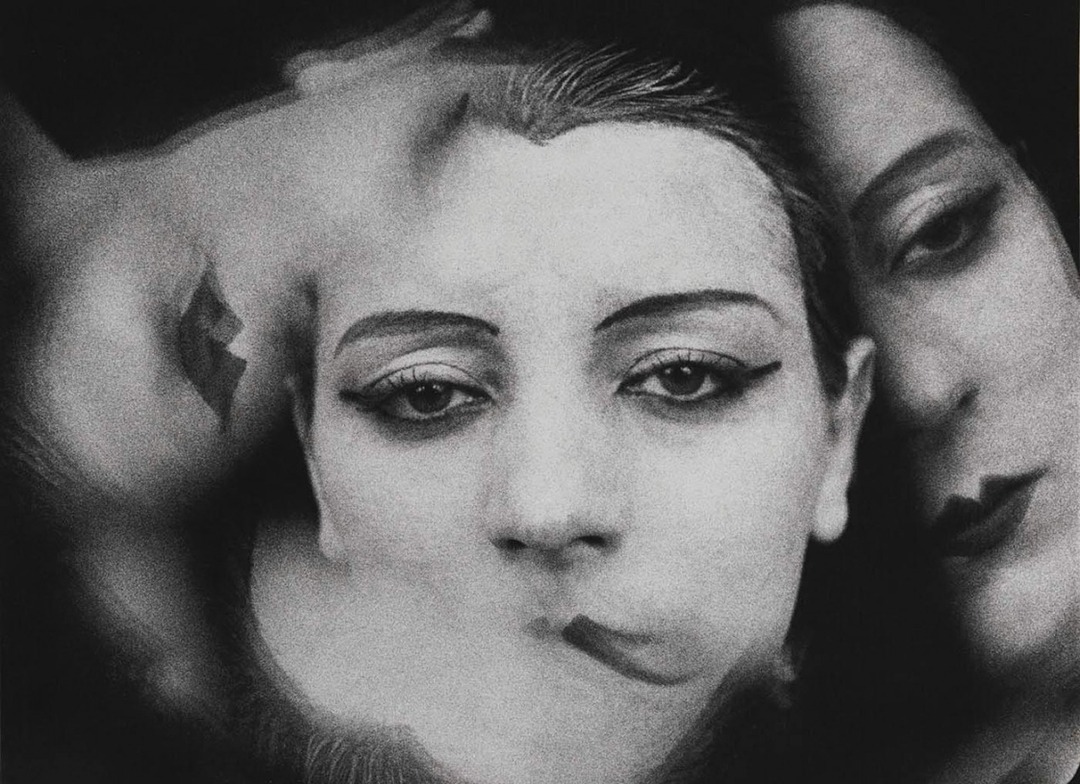Man Ray
was born Emmanuel Radnitzky in 1890, is best known as a photographer. But he also remained a painter and filmmaker throughout his lifetime. He was the only American to ever contribute extensively to the Dada and Surrealist movements going on in the mostly European art world.

The Name Man Ray is Born
His parents were Jewish immigrants and he grew up in New York City, where he studied architecture, engineering, and art. He really started off as a painter. But photography became a passion, thanks mostly to Alfred Stieglitz. The “291” gallery was where he was exposed to, and probably acquired, his original appreciation for photography. About 1911 he took on his artistic moniker. A shortened version of his nickname, Manny, and his surname. One could speculate it was to avoid anti-Semitism.
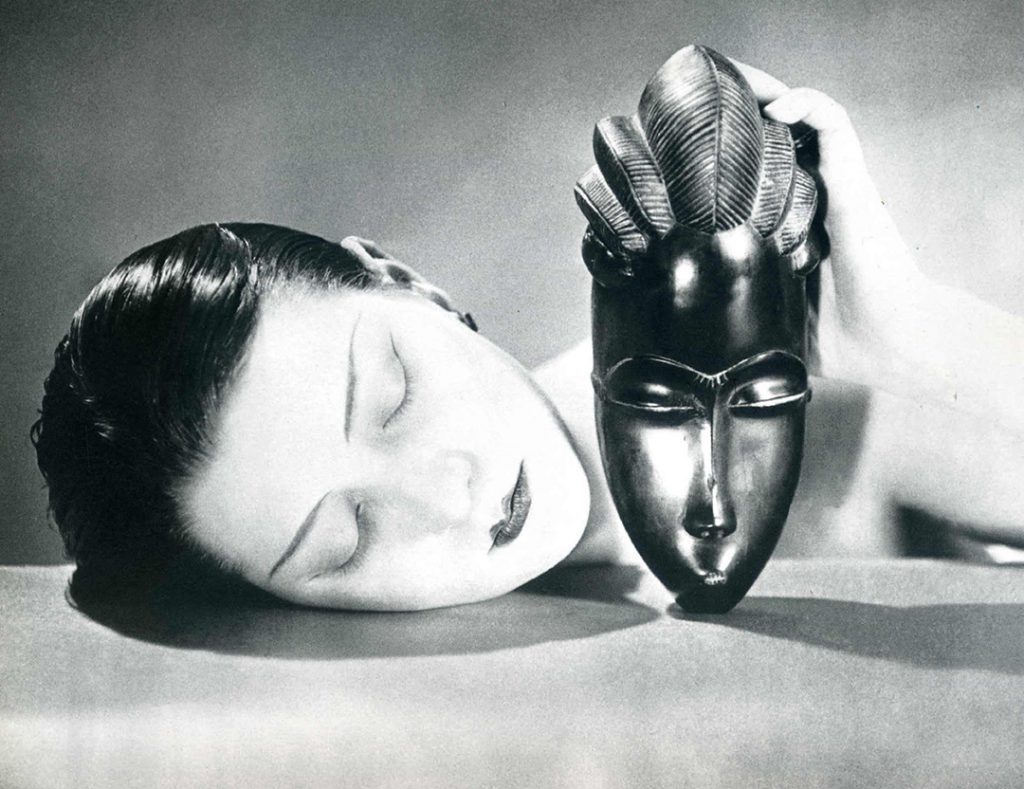
In 1915, he met the French artist Marcel Duchamp, and together they started collaborating on many works, both artistic and seemingly practical. They soon formed a New York group of Dada artists. Like Duchamp, he began to produce commercially available objects that were designated as “works of art”.
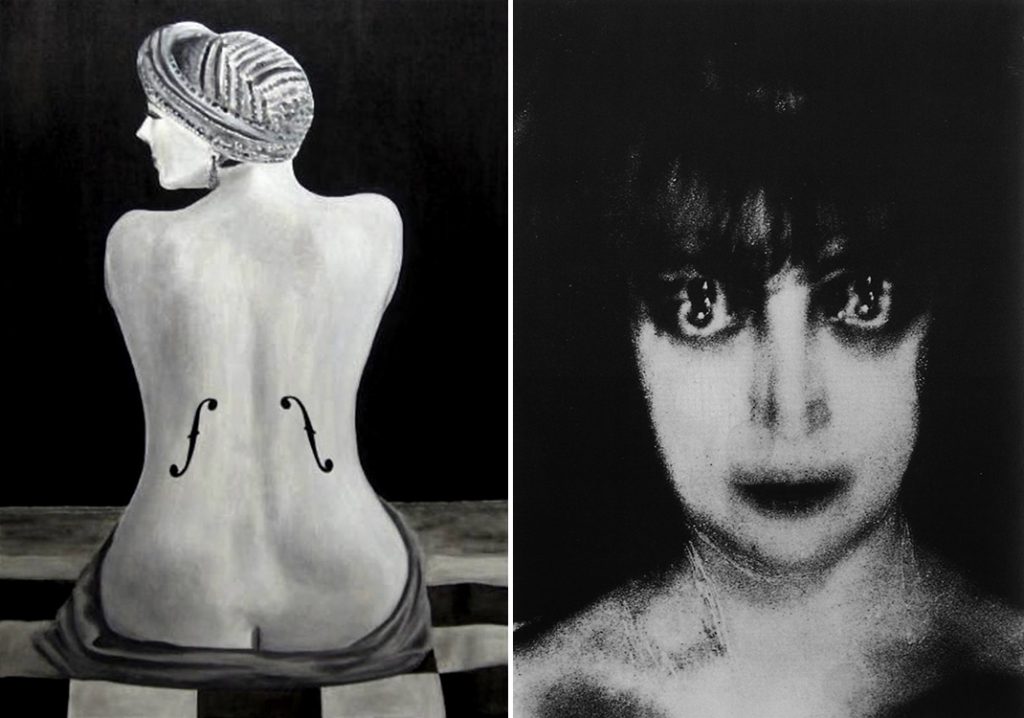
Dadaism and Beyond
By 1921, he moved to Paris and became part of the Parisian Dada and Surrealist circles of both artists and writers. The crux of this association was the freedom to experiment with different media. Including photography. This was the period he made photograms, which he called ‘rayographs’ after himself. These were made by placing objects directly on light-sensitive paper, which he exposed to light and developed. In 1922 a book of his collected rayographs, “Les Champs Délicieux” were published, with an included introduction by the well respected Dada artist, Tristan Tzara.
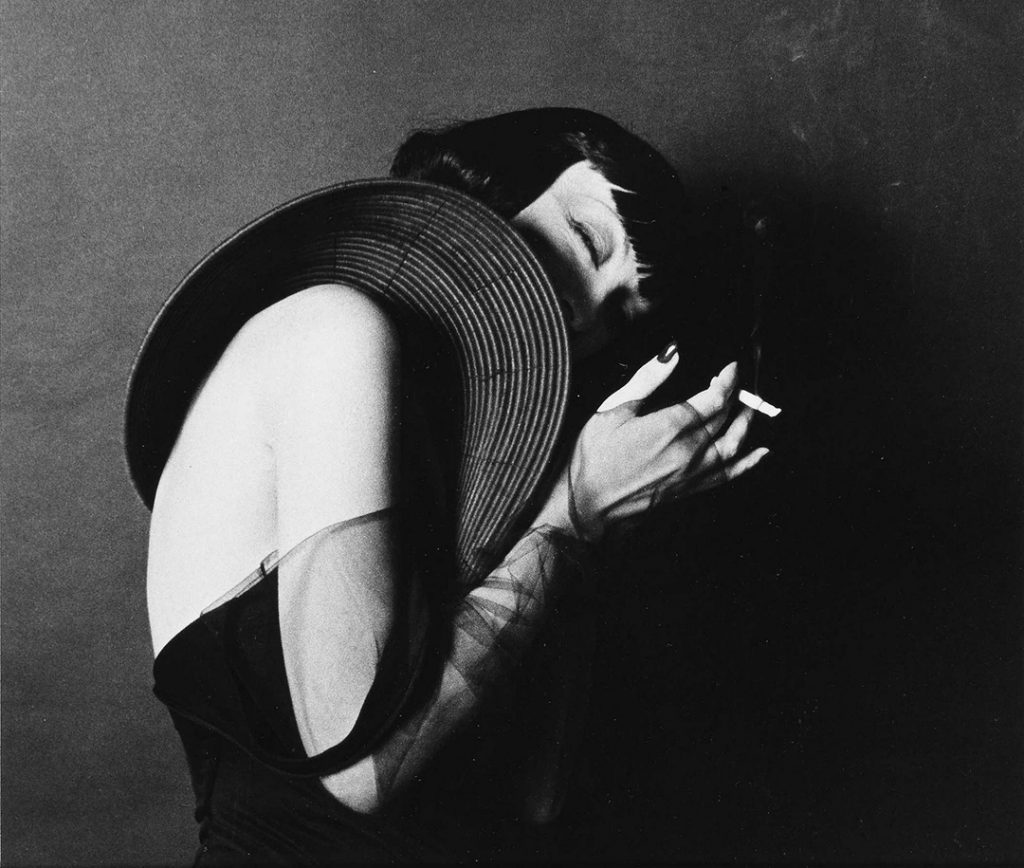
In 1929, with his lover, the photographer and model Lee Miller, he also started experimenting with solarization. This process rendered part of a photographic image as a negative and part as a positive by exposing either a print or negative to a flash of light during development. (each an original, as duplication would be impossible) Although the “solarization” process had been known since the mid 19th century, it was the first time it was used purposely as an artistic and aesthetic tool.
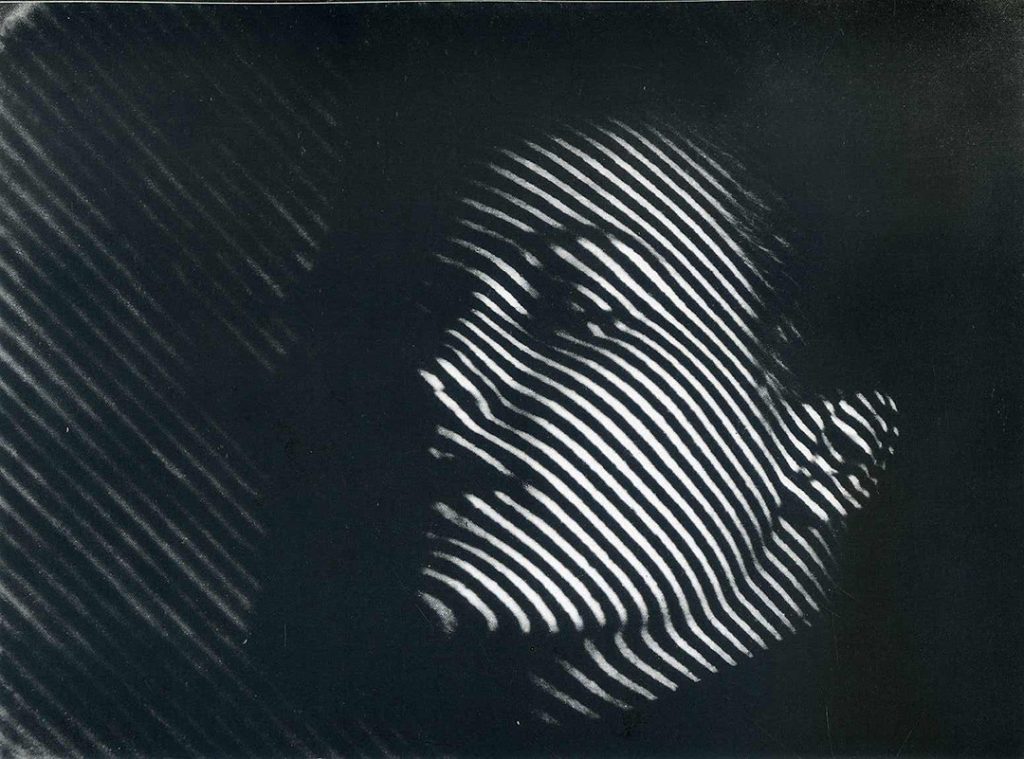
Despite his seemingly ‘over the top’ artistic vision, he actually became known for his fashion and portrait photography. Working almost exclusively in large format, he used a variety of view cameras. But for the last part of his career he seemed to favor the Graflex 4×5 Crown Graphic. (a sister product of the Speed Graphic) They are actually quite well priced these days, considering the Crown Graphic is arguably an almost vintage version of the contemporary and expensive 4X5 Linhof Master Technika. It was during this time that he photographed almost every Parisian celebrity. Plus, he regularly shot for Harper’s Bazaar, Vu, Vogue, and many more. Unfortunately, he had to leave his beloved Paris in 1940 due to his Jewish heritage and the Nazi occupation. He didn’t return until 1946.
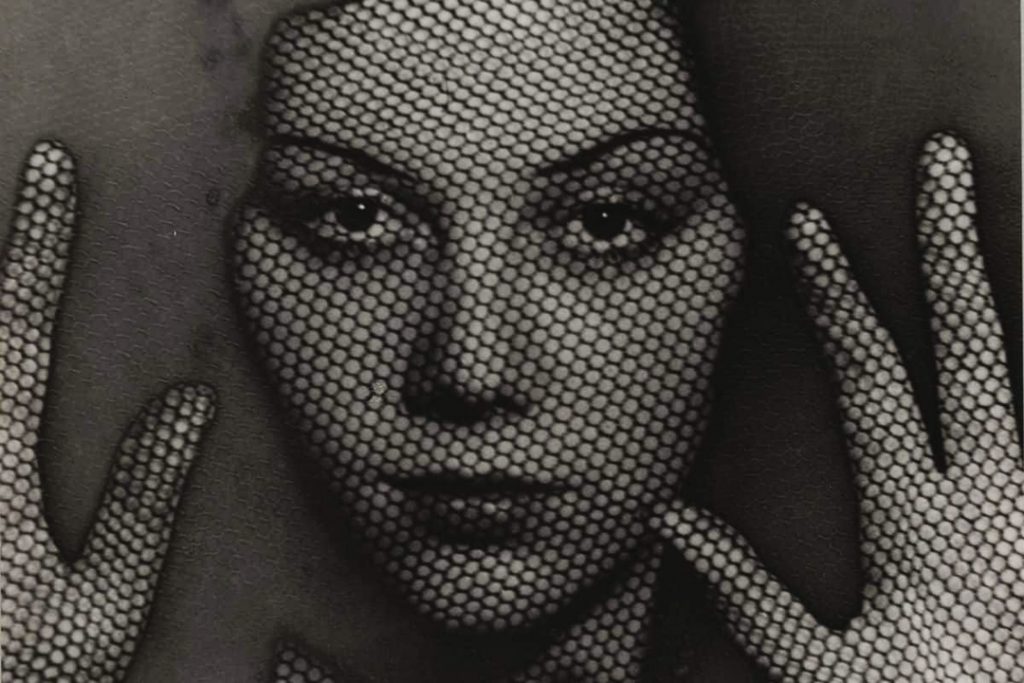
The Books
I love all the books of his work, but I would say my favorite is “Photographs by Man Ray“. However, nearly all have received 5 stars. And amazingly he maintains an online presence through the Man Ray Trust website below. I’m sure he’d approve. In his final years, Man Ray continued to exhibit his art, with shows in New York, London, Paris and many other cities. Man Ray died in Paris at the age of 86.
Website

